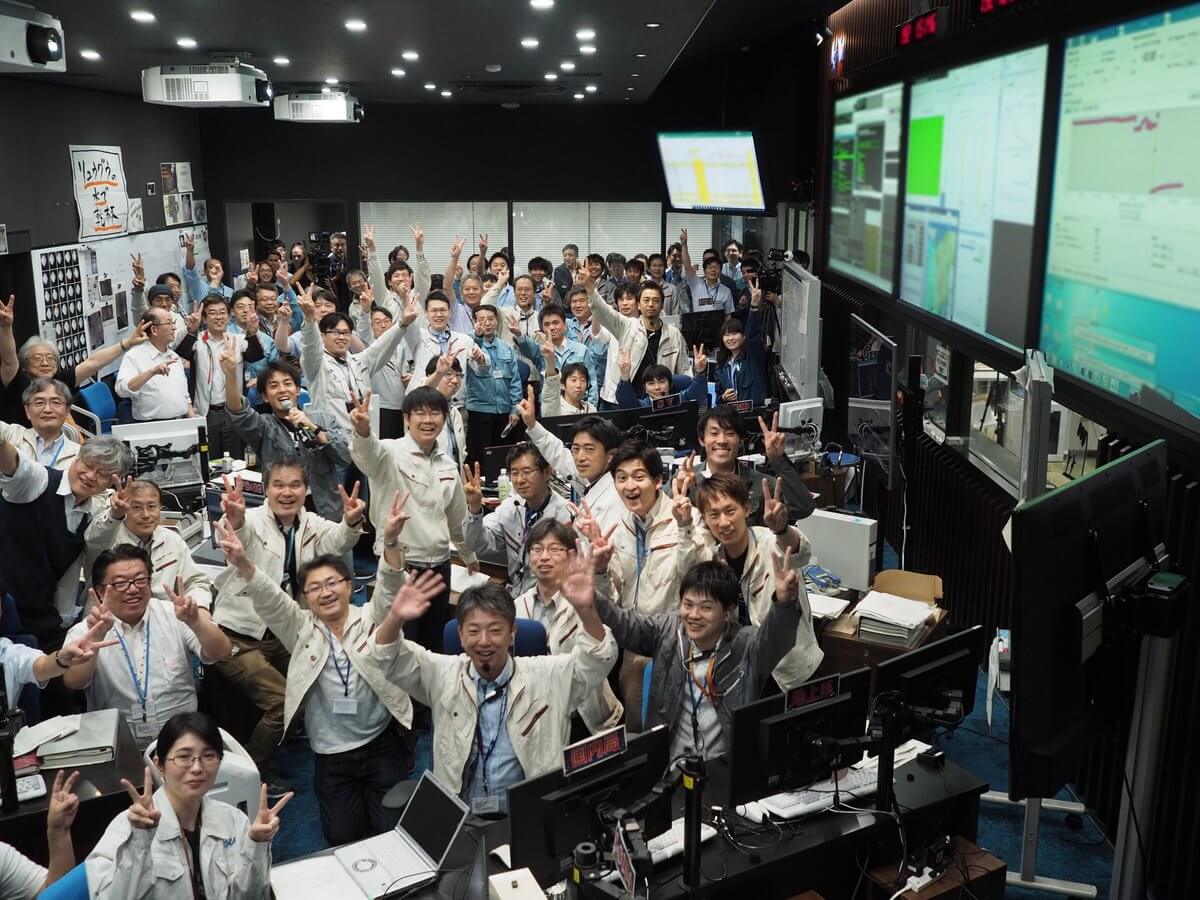What just happened? On Thursday, the Hayabusa2 probe from Japan's Aerospace Exploration Agency (JAXA) made a second successful touchdown on the surface of Ryugu, a 450 billion kg asteroid discovered in 1999 at MIT's Lincoln Lab in the US state of New Mexico. The Japanese spacecraft collected its first samples from Ryugu's surface in February of this year, and it has been able to repeat the feat even more impressively as it blasted the crater's surface with a Small Carry-on Impactor (SCI) in April. It has now successfully collected the first subsurface samples from the asteroid to help in exploring the history of our solar system and the origin of life.
JAXA's Hayabusa2 project is an asteroid sample-return mission like NASA's OSIRIS-REx. While the latter's destination is the Bennu asteroid, the Japanese probe is meant to collect samples from Ryugu (which means Dragon Palace), an asteroid that orbits the Sun between Earth and Mars. Ambitious space missions like these expand our knowledge of the universe and break or make new records while they're at it. With its second successful touchdown on 11 July, the Hayabusa2 did just that as it collected subsurface samples from an asteroid 300 million km from Earth.
"We've collected a part of the solar system's history," said Project Manager, Yuichi Tsuda, at a news conference in Sagamihara, Kanagawa Prefecture, Japan. "We have never gathered subsurface material from a celestial body further away than the moon," he said. "We did it and we succeeded in a world first."
The Hayabusa2 space mission began in December 2014 after its predecessor, Hayabusa, concluded its sample return mission from the Itokawa asteroid in 2010. The ~600 kg spacecraft reached its destination in June 2018 where it observed Ryugu from a distance of about 20 km for a few weeks before planning its first descent.
The probe also features an on-board space gun that's been used to fire a 2.5 kg copper projectile with a speed of 300 m/s (~1000 km/h) at the asteroid to form a crater on its surface. Hayabusa2, for its second sample, would then capture the debris as it floated up.
[PPTD] These images were taken before and after touchdown by the small monitor camera (CAM-H). The first is 4 seconds before touchdown, the second is at touchdown itself and the third is 4 seconds after touchdown. In the third image, you can see the amount of rocks that rise. pic.twitter.com/ssZU5TV3x9
--- HAYABUSA2@JAXA (@haya2e_jaxa) July 11, 2019
The shot at Ryugu's surface took place in April when the spacecraft deployed its free-flying Small Carry-on Impactor (SCI) containing the copper "bullet" and a camera (DCAM3) as the probe itself navigated its way to safety away from the blast and resulting debris. Forty minutes after its separation, the projectile was shot at the surface from an altitude of 500 meters forming a 10 meter wide crater.
A second touchdown and collection of subsurface samples was considered risky as any problems that happen now could result in the loss of precious surface samples which the probe had collected previously. The team accepted the risk and at 10:30am JST (6:30pm PDT), the second touchdown took place with Hayabusa2 successfully collecting the subsurface material.
Takashi Kubota, the project's Research Director, commented on the touchdown operation saying that it was "more than perfect," with Tsuda rating it "1,000 points out of 100." He also told reporters that probe's movement was perfect and so was the team's preparation work.
At a cost of ¥30 billion (~$277 million) the Hayabusa2 space probe is expected to return with Ryugu's samples in December next year. "We are only at the stage of getting hold of (the samples) and we have to operate (the probe) carefully in order to bring them back," says Tsuda.
